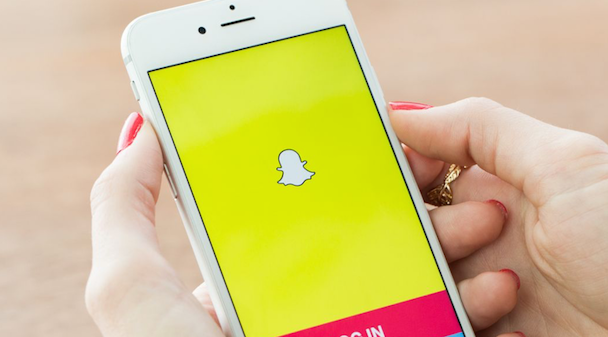Snapchat sets the record straight on ‘misconceptions’ about its ads
From extortionate ad fees to poor analytics, Snapchat has attempted to clear up rumours that its advertising proposition is immature and can’t be scaled.

The social network has shied away from the conference circuit in the past but took to the stage at Advertising Week to give brands a clearer view of an advertising proportion that it still alien to many. In a world where everything is saved, Snapchat plays on this idea of living in the moment, something vice-president of content Nick Bell, revealed advertisers are yet to fully grasp. It’s arguable that it hasn’t helped that there marketing press is littered with conflicting stories about the social network’s ads, which Bell was keen to keen to address.
Snapchat ads aren’t expensive
One early criticism levelled at Snapchat’s ads was that they were too pricey. While this might have been true for the earliest ads bought on the platform, it isn’t anymore.
“To be frank we never had a huge technology platform so if you wanted to run a campaign you had to reach a mass audience and therefore you would get huge reach and therefore it was more expensive,” explained Bell. “Some of those numbers are still banded around as being the entry-level price point for Snapchat and that’s no longer the case. We’re able to target by age, gender, location and context and so targeting has been a big piece of the development of the ad tech side.”
An entry level Snapchat ad costs “tens of thousands” now, depending on how big the audience is a brand wants to use. However, its recently launched geo-filter product is “significantly” cheaper than those ads, assured Bell.
Analytics are based on engagement
Whether Snapchat marketing measures up against other social networks is still up for debate. However, the ephemeral app has taken strides this year to offer advertisers robust analytics including a partnership with Nielsen to make its mobile videos measurable in the same way TV is assessed.
“We give brands the same analytics as media partners,” said Bell. “It’s all based around engagement. It’s really focused on how long people viewed the content for, who it reached, ect. They are the typical brand metrics that you would expect.
Despite offering those traditional metrics, Snapchat is platform built on the idea of mobility that goes against the grain of other social networks where people are encouraged to record and save everything. “The word authenticity is overused,” said Bell. “We don’t surface vainity metrics because it’s not about trying to capture that perfect sunset to see how many likes you receive… It’s more about removing the pressure that social media has created.”
The market is obsessed with forcing people to watch their creative
There are concerns among some that the ephemerality of a Snapchat posts won’t give their creative enough time to resonate. Brands have asked Snapchat in the past as to whether it would be possible to force people to watch ads, revealed Bell. It’s something that didn’t feel natural to the Snapchat user experience, which in turn was backed by tests it ran.
“We conducted a lot of research around that [forcing brands to watch ads] and one of the fascinating things that came out of it was that 50 per cent of people who were forced to watch an ad actually built up negative sentiment toward that brand,” added Bell. He admitted that he “hoped” the message was sinking in, arguing that the concept of “watching to completion” is overplayed in the market.
“Just because I can create a 30-second TV spot doesn’t mean that that’s the optimum amount of time for a user to view content, Bell continued. “What we’re seeing and what a lot of research shows is that attention spans, particularly on mobile, are much lower and actually getting the message across in two, three, four, five or six seconds is often far more powerful than stretching out a message and trying to build out a load of context.”
Advertising on Snapchat won’t kill the party
Unsurprisingly, Bell doesn’t think advertising will “kill the Snapchat party” if brands stick to the rules its creating. “It’s about trying to think about how we integrate advertising into the platform in a fun way like the lenses or in a very natural way like the 3VI products,” he continued. “It’s important for brands how to play in the product as well….and look at where the natural elements in the product are to advertise.
Currently, Snapchat curates the branded content on the app, serving only a handful of live stories from its media partners daily. That approach, whereby the selection process is easier for a user, “really builds loyalty and attention,” claimed Bell, who said “everything on Snapchat is “opt-in”.

